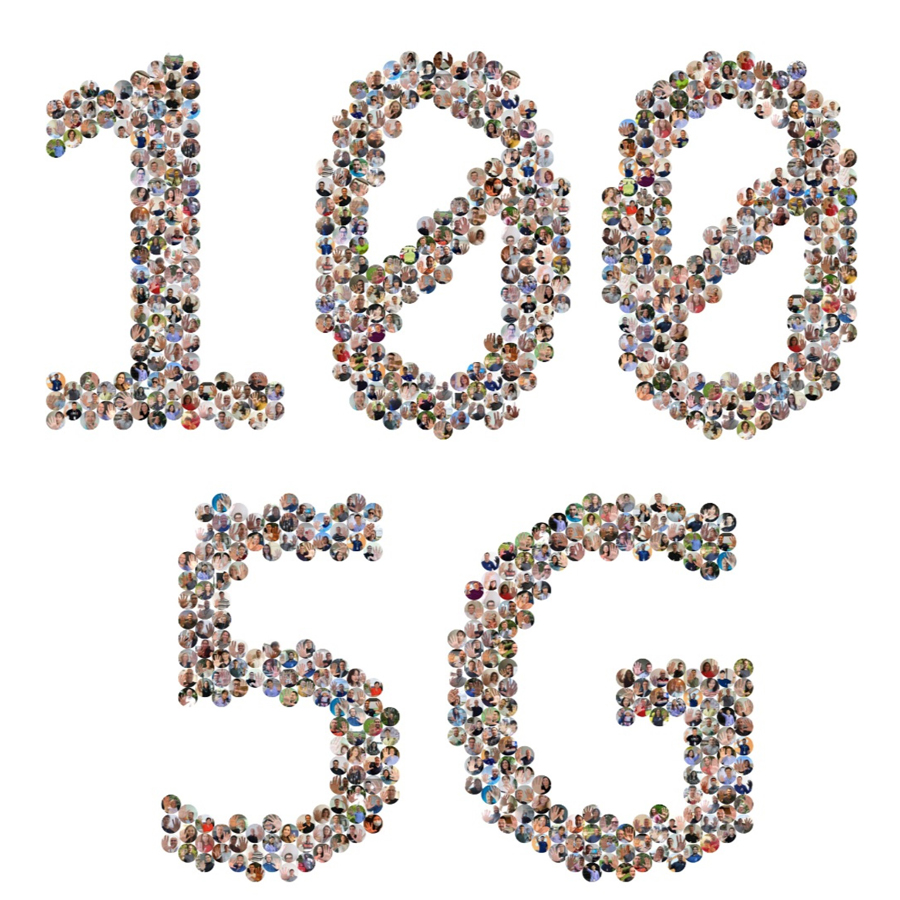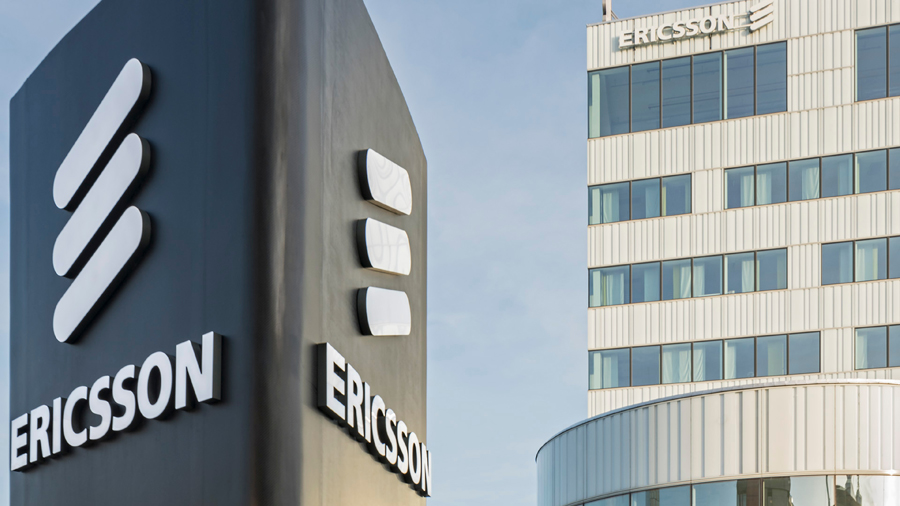Ericsson (NASDAQ: ERIC) has achieved a significant 5G milestone by securing the company’s 100th commercial 5G agreement or contract with unique communications service providers. The figure includes 58 publicly announced contracts and 56 live 5G networks, spanning five continents, with three in Australia and Thailand.
The milestone was reached with the announcement of the 5G deal with Telekom Slovenije on August 12. Ericsson has worked with major service provider strategic partners since the early days of 5G R&D development. The company’s first public 5G partnership announcement came in 2014.
Initial technology engagements and memorandum of understanding (MoU) partnerships were followed by 5G New Radio (NR) technology testing and trials. Commercial deals and network roll-out announcements followed. The first live commercial launches were announced in 2018.
Ericsson’s contracts span Radio Access Network (RAN) and Core network deployments, enabled by products and solutions from the Ericsson Radio System and Ericsson core network portfolios.
Ericsson 5G deployments include 5G Non-Standalone, 5G Standalone and Ericsson Spectrum Sharing technology. They also include cloud native capabilities with Ericsson’s dual-mode 5G Core.
Ericsson has deployed 5G in high-, mid- and low-bands in different urban, suburban and rural environments to support enhanced mobile broadband and fixed wireless access business cases. In some advanced 5G markets, communication service providers are offering 5G-enabled augmented reality and virtual reality services in education, entertainment and gaming.

Börje Ekholm, President and CEO, Ericsson, says: “Our customers’ needs have been central to the development and evolution of Ericsson’s 5G technology across our portfolio from the very beginning. We are proud that this commitment has resulted in 100 unique communications service providers globally selecting our technology to drive their 5G success ambitions. We continue to put our customers center stage to help them deliver the benefits of 5G to their subscribers, industry, society and countries as a critical national infrastructure.”
Ericsson has also worked with service providers, universities, technology institutes, and industry partners to develop and pursue 5G business and consumer use cases. These use cases include factory automation, smart offices, remote surgery and other enterprise and Industry 4.0 applications. Some partnerships have resulted in the deployment of 5G dedicated networks, including at Ericsson production facilities globally.
In the Philippines, Ericsson has established long-term partnerships with major operators in the country over the past 32 years. “Our extensive collaboration with PLDT Smart started in 1993 and continues today with the strong connections made possible through our technology,” says Martin Wiktorin, Head of Ericsson Singapore, Brunei and Philippines.
“As a technology frontrunner, Smart was one of the first operators in the region to deploy 5G trials, following an MOU signed in 2018. We have also recently enabled a 5G network in Clark City, the first smart city in the Philippines,” adds Martin. With available spectrum, the Philippines has a first mover advantage in the region for enabling 5G.
According to the latest Ericsson Mobility Report, 5G uptake is poised to reach 2.8 billion subscriptions, covering up to 65 percent of the world’s population and generating nearly 50 percent of the total mobile data traffic globally by 2025. 5G is forecast to account for 21 percent of mobile subscriptions in South East Asia and Oceania by 2025.
Liked this post? Follow SwirlingOverCoffee on Facebook, YouTube, and Instagram.


